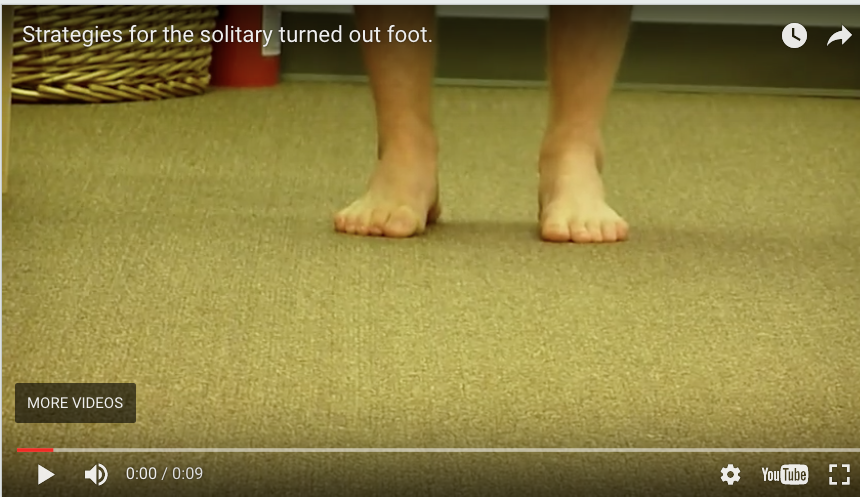Is this a gluteus medius foot targeting problem in swing phase or is this a loss of internal hip rotation? Or . . . .
/Is this a gluteus medius foot targeting problem in swing phase or is this a loss of internal hip rotation? Or . . . .
You have to examine your client to know what to treat, a gait analysis or a series of screens is not enough. The saying "an exercise is a test and a test is an exercise" has some sharp edges around it. A screen doesn't tell you what exercise a client necessarily needs or should be prescribed.
This stuff really does matter.
What you see is not the problem , it is their compensatory strategy in coping with a problem. When someone has a pebble in their shoe and they walk on the outside edge of their shoe to avoid the pebble the solution is not to tell them to stop walking on the outside of the shoe, the solution is the de-pebble the shoe. Corrective exercises can be a similar path to this pebble analogy. One must look deeper and beyond what we see in our clients, we merely see how they have adapted, not the problem. A Trendelenburg leaning gait is not met with a solution to prescribe a corrective exercise to correct the lean, the solution is to see why the client is reducing the compressive loading across the hip. Stop giving corrective exercises if you are not examining your client. Yes, that means you need to have hands on diagnostic skills. Sorry.
Loading the wrong pattern drives a compensation, and maybe another problem or a compensation to the compensation deeper.
Loading the pattern that is corrective, the one that solves the deficit leading to the gait you see should be your target. Corrective exercises are supposed to be corrective to the problem, not to the gait aberation you see. Without the exam to solidify proper path, corrective exercises often are directed at the things we see, not the aberation that drove what we see. Be part of your clients solution.
If you aren't examining your client, you don't know for certain what you are actually doing.
This is me, Dr. Allen, i am walking in a matter to prove my point.
Do i have a loss of right internal hip rotation (thus the externally rotated limb?). Do i have a swing leg gluteus medius weakness that is allowing me to adduct the limb rendering a mere foot targeting problem? Do i have weak peronei ? A weak glute max ? A right frontal plane drift that i am avoiding by turning my leg out so i can use my quads to help the deficient glutes better block the frontal plane drift ? I could go on an on as to possible causes.
Or do i merely have a pebble in my shoe?
Mic drop.
To give a corrective exercise you have to know what is wrong. That means you have to have the knowledge and the hands on skills to diagnose the "why". So you can prescribe the correct "how".
Shawn Allen, one of the gait guys

















